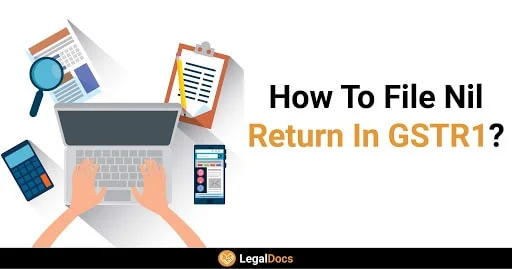How to Open a Takeaway Restaurant
Since 2018, takeaway business in India has grown by 16\\% to 17\\% in every four months. Usually, online food delivery and takeaway counters are a treat for Indian consumers. In this tedious and stressful life, people are ignorant about their food habits. They start searching for convenient and simple options. And what they conclude with is Fast food and Online food counters.
The takeaway counter is basically a food business from where the customers can take their food packages to home and eat. The takeaway counters do not provide sits and chairs while serving people. The best thing about a Takeaway counter is that the owner does not have to spend a lot on the variety of expenses and does not need enough time to set up the shop.
So here in this article, let us understand what are the steps taken for opening a Takeaway restaurant.
Steps to Open a Takeaway Restaurant
Please follow the tips mentioned in the short video below before starting any Takeaway Business.
Location
The location is one of the most critical factors which determine the success or failure of any restaurant. The takeaway restaurant should ideally be in a densely populated area, keeping the target audience in mind. Accessibility and visibility of the area are also essential to attract customers. Ground floor shops, located at the front are preferred for Takeaways.
Concept of a restaurant
You need to keep many things in mind before deciding on a concept, the major one being the amount of capital you have for investment. The Average Price per Customer (APC) gives you a fair idea about the average amount of money a customer would spend in your restaurant.
License and Certification
A takeaway restaurant or a QSR primarily requires the types of licenses mentioned below
FSSAI License
The implementation of FSSAI Rules and Regulations is undertaken by the Ministry of Health & Family Welfare, Government of India, which is headquartered in New Delhi. It ensures the availability of safe food products for human consumption by laying down a set of safety standards in lieu to regulate the manufacturing, distributing and storing of the food products. It is thus responsible for promoting public health among the masses by keeping a regular check.
FSSAI registration is necessary for every food business in India.
GST Registration
When a business is active, they will have to pay certain taxes, GST registration is necessary for the business who falls under GST criteria. When the annual turnover of the business who provides goods is above 20 lakhs and the one who provides services with annual turnover of rupees 40 lakhs have to register themselves under GST.
Police Eating House license
Any place to which the public are admitted, and where any kind of food or drink is supplied for consumption”. This license is provided by Licensing Police Commissioner of that city.
Fire license
If the products which can easily cause fire are used while initiating a business, then the business should be approved with a fire NOC provided by the fire department.
Shop and Establishment License
When you start a business in a Shop, the owner becomes liable to get a Shop and Establishment license.
Staff requirement
The secret to a successful quick-service restaurant is often a great team behind the counter and in the kitchen. The Chef is probably the most important person on your team, as they not only cook, and design the menu; they also lead and guide the rest of the kitchen staff. The attrition rate is extremely high in the restaurant industry, especially at the junior level.
Design A Stellar Menu
The next step to start a restaurant is designing a menu. A smartly designed menu can make a significant impact on your restaurant’s food costs. The menu should comprise of items that can be prepared quickly and use local or readily available ingredients. It is advisable to serve dishes that use similar ingredients, which will help you to reduce your overall food cost and the scope of the generation of waste.
Marketing Of The Quick Service Restaurant
The tried and tested method of marketing and also one of the cheapest, is the pamphlets. You also need to spend some money on menu designing and logo designing, which should not cost more than Rs 2000. For the first two months, 30k pamphlets are good enough to market your restaurant. These 30k pamphlets of good paper quality will cost you somewhere around Rs 25,000. However, you can change the quality and quantity of the pamphlets as per your budget. Find out how distributing pamphlets and flyers can boost your restaurant sales.
Apart from pamphlets, invest some money in an excellent billboard to attract an audience. An average billboard costs around Rs 10,000.
The idea of owning a takeaway is excellent. However, starting a restaurant from scratch and running it successfully is a humongous task. With this article, we hope we were able to educate you about how to start a takeaway business in India.
 Knowledge Center
Knowledge Center




.webp)

.webp)



















LEAVE A REPLY: